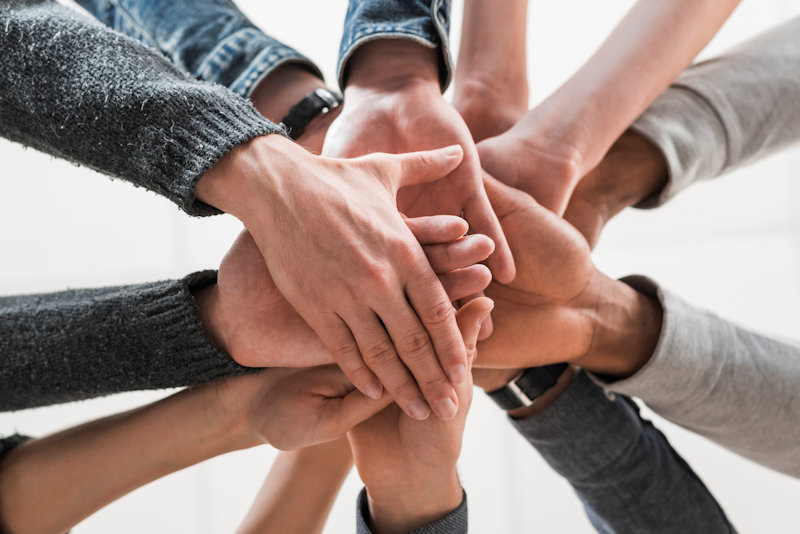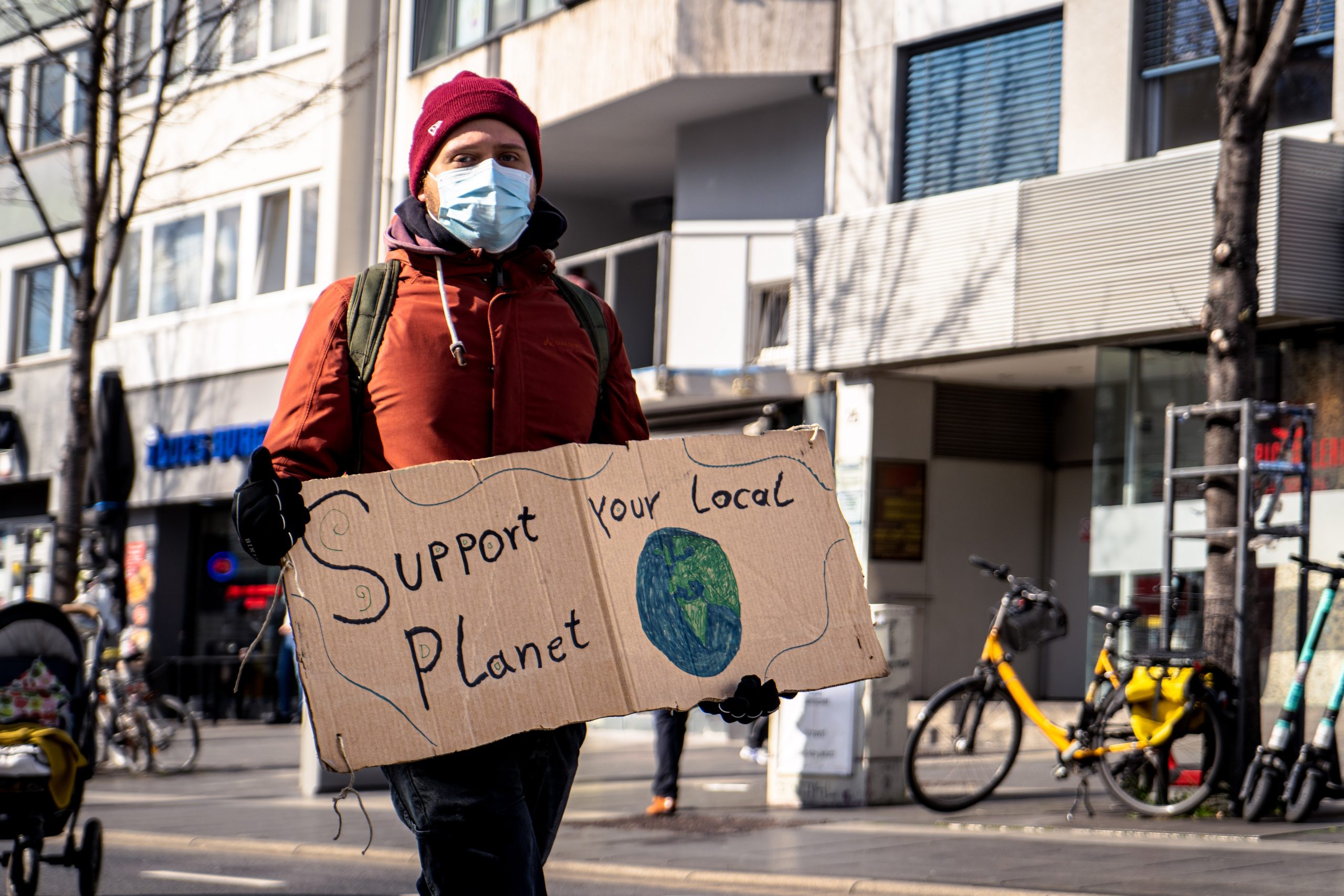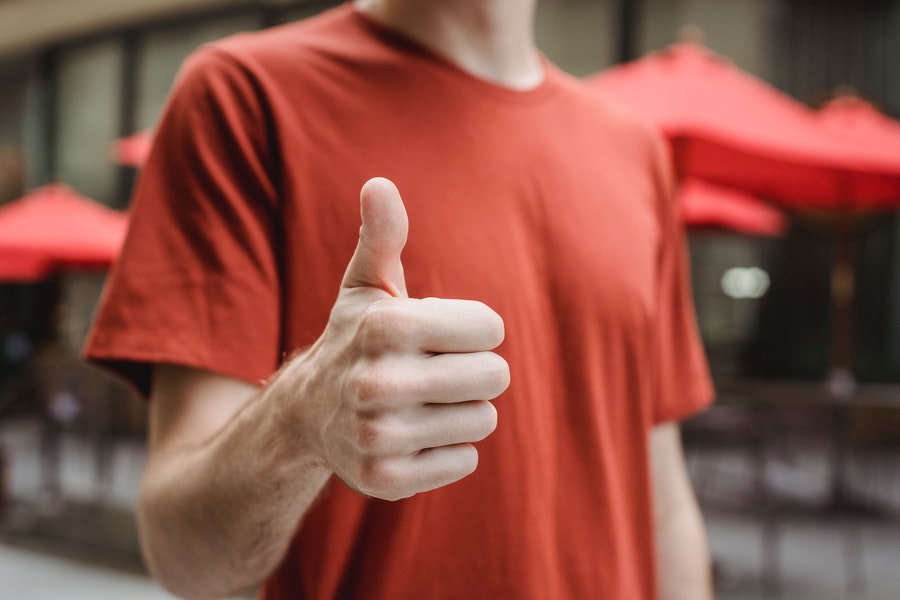Not too long ago, the media abounded with predictions of how quickly the entertainment industry would bounce back from the pandemic. As vaccines continued to rollout, the Summer of 2021 experienced a surge in optimism (at least in developed countries), with many expectations that everything would improve by the end of the year. Then omicron came, and the surge of that variant, combined with the expected winter surge of the coronavirus in general, resulted in returns to lockdowns, massive interference with travel — and widespread cancellations of music performances. The entire arts and entertainment industry has been profoundly impacted by the pandemic, and it’s been evident from reports (as well as common sense) that entertainment would be the last industry…
To many people, it might still sound callous to start a discussion about when we can return to normal life. After over a year and a half, the majority of Americans are vaccinated, yet simultaneously, the latest “winter surge” has caused another spike in cases of Covid-19. But those of us glued to the news likely understand by now that the coronavirus comes in waves, and this is merely the latest one. A recent piece in The New York Times raised this very question: “Among the Covid experts I regularly talk with, Dr. Robert Wachter is one of the more cautious. He worries about “long Covid,” and he believes that many people should receive booster shots. He says that he…
Support Chicago Artists: Return to the Art Institute of Chicago
It’s taken way longer than any of us anticipated, but the world is returning to normal. As of June 8, about 42 percent of Americans have been vaccinated against the coronavirus that unended all of our lives. The economy is reopening, restaurants are welcoming back diners, and Americans are desperate to gather with friends and family, many for the first time in over a year. And finally, we can go back to museums again. I realize that not all of us were desperate to return to the institutions that house our country’s greatest treasures, but I urge all the Chicagoans reading this to take a moment to consider taking a day to simply enjoy the art that has been out…
Museums across the world — along with artists everywhere — have had a rough 12 months, from the Louvre in Paris to the Hamburger Kunstalle in Hamburg to the Washington National Gallery. In the US, many states have reopened their economies and then closed them again several times over the last year. Many Americans continued to gather in large groups, especially on beaches or other outdoor places. But for the most part, America’s museums have been permanently closed since the pandemic began in March 2020. They’ve turned to social media outreach and building their digital collections, even as they were forced to layoff staff and bar all physical visitors. As America vaccinates its population and reopens its economy, we should all…
Help the Windy City by Donating to These Charities The coronavirus pandemic has stress-tested many of the nation’s most essential — and vulnerable — workers, from health care professionals to workers in many different Chicago industries. If you’re quarantined at home like most of us, and looking for a way to help, then look no further. You can still make a difference without leaving your home by supporting the Chicago organizations that need donations. If you’re willing to donate your time or expertise, that’s here as well. Since Gov. J.B. Pritzker issued a stay-at-home order in March 2020, many nonprofits have struggled to maintain the same level of donations and operations as before the pandemic. Many of the biggest nonprofits in…
Millennials At Vanguard of Philanthropic Change The world is changing fast, and it feels more difficult than ever just to keep up. Although the pandemic has accelerated many of the cultural and technological changes that most of us struggle to keep up with, the bigger drivers of change were already there. We often think of swift change as the arena of tech moguls and financial gurus, but the reality is that philanthropy is being transformed, primarily by young people. At least that’s the conclusion from a new report from Fidelity Charitable, which surveyed more than 3,000 charitable individuals to March 2020. The organization also followed up with those donors again in January 2021 to check for changes in donor attitudes…
Americans are changing the way they give back. For decades, philanthropy has increased among the wealthy, while decreasing among all other Americans. Research published in Nonprofit Quarterly in 2019 shows that the percentage of giving by millionaires increased more than 20 percent from 1993 to 2016. In 1993, millionaires represented 10.3 percent of all donations. By 2016, that rose to 31.7 percent. At the same time, small donors are harder and harder to come by. In the US, the general share of households donating to charitable organizations, both religious and secular, fell more than 10 percent in six years — from 66.2 percent in 2000 to 53.9 percent in 2016. But that trend could be changing. Across many different agendas, ideologies…
We all know the expression ‘Sharing is Caring’ because it provides a wholesome outlook on dividing your goodies. Sharing spreads joy and nothing is more contagious than pure happiness. Sharing the things that make you feel good will give an opportunity to those around you to feel your warmth. We love people that give because they provide an unselfish act that triggers a chain of good deeds. One small charitable deed can be multiplied by everyone involved. One small deed can change the world. Choosing to donate to a charitable organization makes the less fortunate feel like they are valued and appreciated even when the troubles of the world have forgotten about them. Doing good and feeling good go hand…



